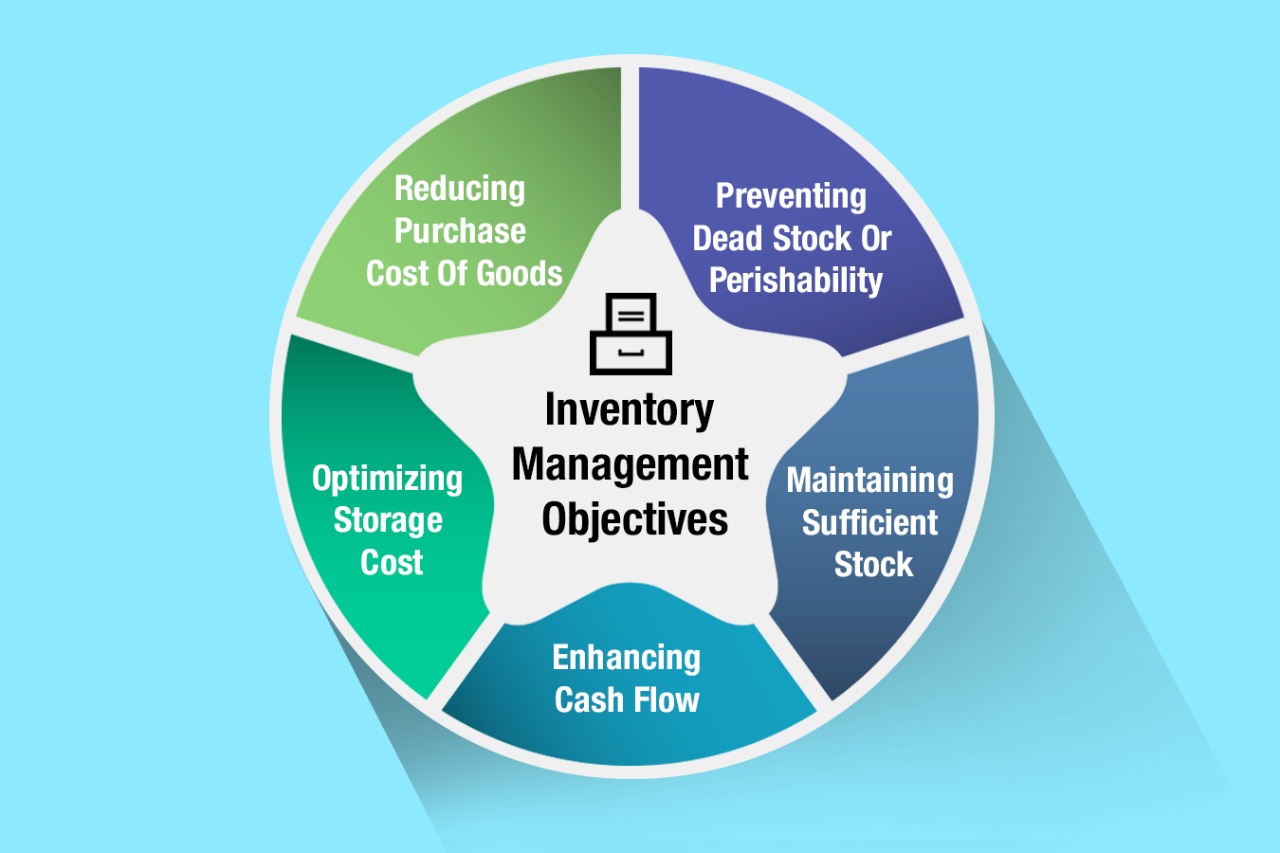
Inventory management is the backbone of every business. It allows you to keep track of product stocks, sales, orders, returns and purchasing trends, to name a few. The inventory system can also be applied to keep tabs on company-owned assets like equipment, computers and devices, vehicles, furniture etc. In other words, inventory management can also take on the aspects of asset management. But more on that later.
Poor inventory management can lead to frequent stockouts, more obsolete inventory on hand, high storage costs, ordering and shipping mistakes, and much more.
Some companies put off implementing an inventory and asset management automation because their focus is elsewhere. A Celect and Coresight research study in 2018 put the loss down as $300 billion for U.S. retailers alone.
Automation is the answer
Today, automation is revolutionizing asset and inventory management systems. Businesses that have automated systems in place have profited from the benefits of speed, accuracy, real time monitoring and improved inventory control.
While inventory or asset management software is expensive it pays for itself in the long run. Small businesses that have adopted automated systems can vouch for the greater ROI that is a result of efficient operating methods, better customer service and increased customer loyalty.
How do automated inventory systems work?
Automated inventory systems track products using RFID tags and/or barcodes. When a product is scanned its information is recorded by the software. With this data you can do more than just keep a count of new stock and sold products. It optimizes your inventory by maintaining the right number of products without over or under-stocking. Alerts notify you when stocks go above or below a certain threshold or even when items get close to their expiration dates.
Knowing where your product is stored is also important. RFID tags and readers can relay location data to your inventory tracking software so you can locate it instantly without having to go through a labyrinth of spreadsheets. RFIDs can also be incorporated in transit, allowing you track incoming inventory and products that are out for delivery.
Inventory management software can predict demand so that you’re stocked up and a step ahead of sudden surges. Understanding changes in demand can also help structure effective sales strategies and plan discounts to maximize sales.
Demand forecasting and analyzing purchasing trends can help differentiate the bestsellers from the shelf-eaters. As a result you make informed, data-driven decisions when you contact your vendor for the next batch. Speaking of reordering, some software are also capable of sending out order requests to vendors when stocks fall below a set threshold.
The most significant feature of an automated inventory system is that it gives you a bird’s-eye view of all processes in real time, leading to better inventory control.

Amazon’s inventory system: making sense of chaos
Amazon’s robot-powered fulfillment centers are arguably at the pinnacle of warehouse automation. Accurate prediction algorithms and fast paced inventory management systems are what enable them to reach their customers within a day’s time.
You’re probably imagining rows of neatly organized products, right? Well, you can’t get farther from the truth. Amazon’s fulfillment centers follow a randomized process called chaotic storage. It’s simple to understand – items are stored wherever there is space, regardless of the type of product. So, if you happen to find children’s toys and rock-climbing gear on the same shelf, don’t be surprised.
The method to this madness lies in Amazon’s inventory management. Items are located via the barcode or RFID information they get during storage. Once products are located, a robot is assigned to retrieve them. Different algorithms work in tandem to map out the shortest route to collect these products without interfering with the paths of other robots. It’s like Google Maps for a warehouse. Items are located with precision and retrieved quickly.
Also Read: 5 Ways Automation Is Improving Customer ExperienceAsset management vs inventory management – similar but different
Inventory management is mostly used in retail and industrial setups to account for the flow of goods. It’s more focused on the buying and selling side of business. Asset management, on the other hand, tracks the usage and location of items that the company owns and which are key to its daily functions. This can include computers, software, documents, devices, equipment, vehicles etc.
For example, in warehouses, the goods that are bought and sold are its inventory. However, the forklifts, shelves and computers are its assets.
An asset management software features include Asset Lifecycle Management
1. Asset Lifecycle Management
This feature is designed to find the total cost of ownership TCO of an asset. For example, knowing how much it costs to maintain or replace an asset and how to extend its usage will affect the business bottom line.
2. Inventory Management
Yes! Inventory management is an integral part of asset management. From a single dashboard, the stock levels and where inventory has been distributed is clearly visible and staff can be alerted when stock is running low. Stock can be anything from paper supplies to laptops, work stations etc.
3. Tracking technologies
Asset tracking software such as Barcode, RFID and GPS Bluetooth tracking (for vehicles) on assets is used along with scanning devices. This helps to know where assets are at all times.
4. Asset check-in and check-out
For instance, a company may have hundreds, often thousands of laptops. The whereabouts of each asset, the configuration and age are a headache to keep track of. Different departments might need different kinds of software. An asset check-in and check-out feature creates logs that will let staff know how many are in stock and where all assets are distributed and who last checked-out the asset out and is using it.
5. Maintenance Management
A Computer Maintenance Management System (CMMS) allows users to plan routine inspection and maintenance work. This will avoid costly downtime and move away from reactively making fixes when tickets are raised after problems are detected. This feature usually also has an added IT Help Desk Management System.
Asset management and inventory software systems are now made available on the cloud. The advantage of Cloud Technology for businesses, both big and small, is that employees need not be on-site. They can work remotely and this is an important requirement for all companies as the pandemic has shown us.
Conclusion
Automated inventory and asset management is only going to get better with advancements in deep learning, AI and robotics. As the technology becomes intuitive it allows you to focus on your customers while your business processes run on autopilot.
As always, if you have questions, contact us, our expert consultants will be glad to set up a demo for you.








